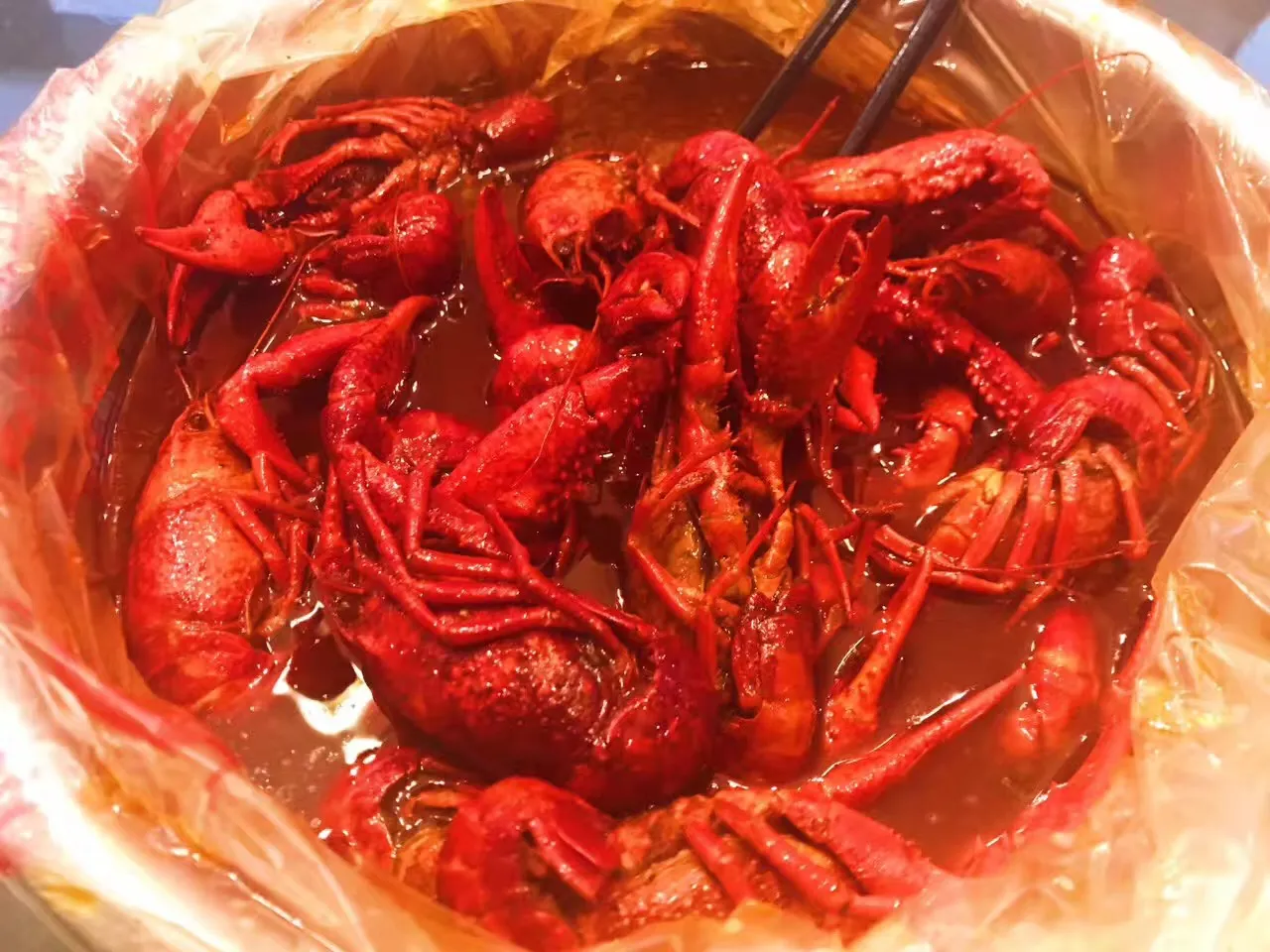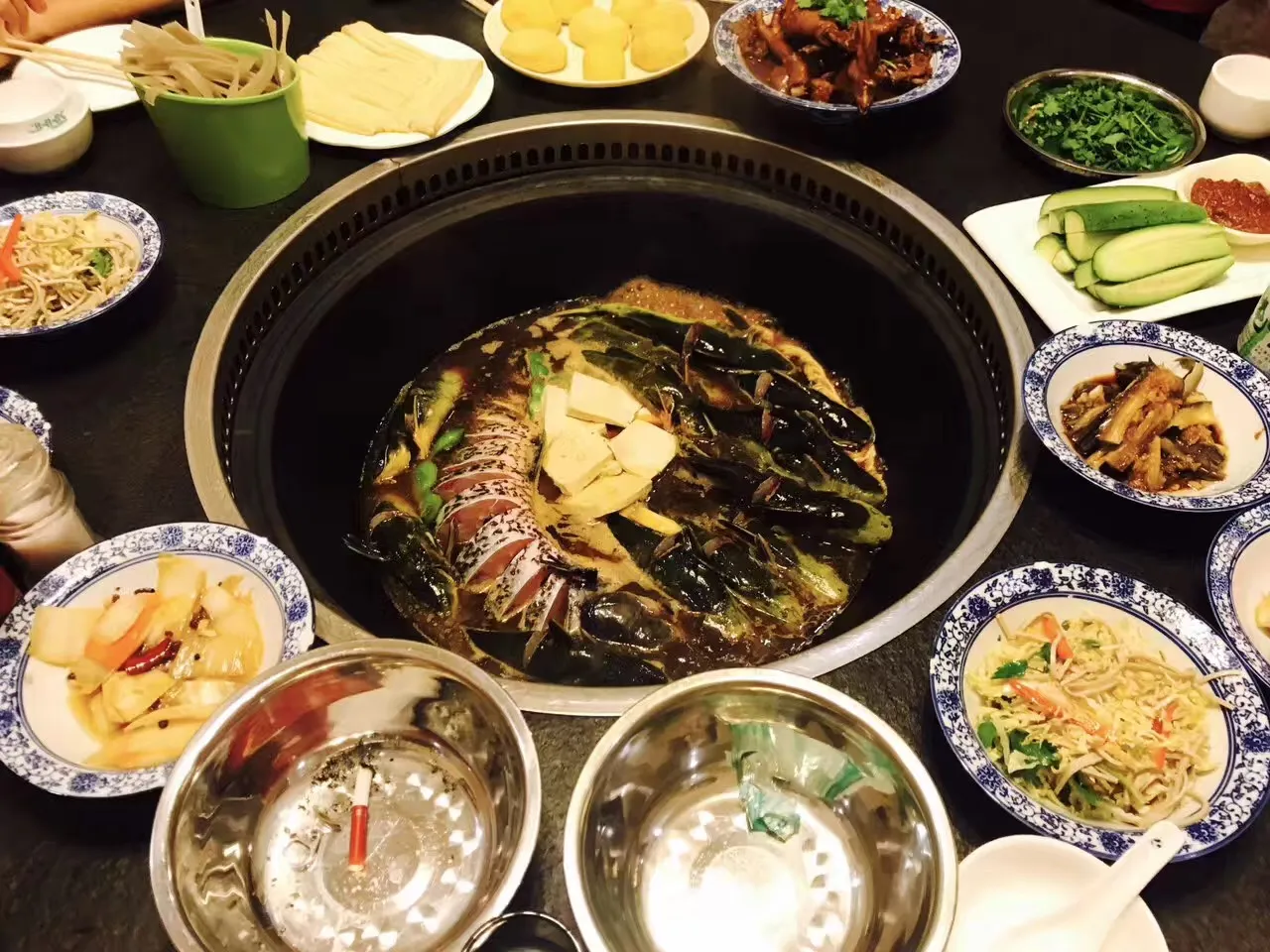
If it's one thing that gets me tingling more than anything else, it is the smell and sight of northern style crawfish. The deep red colour is so attractive, least not because it represents auspicity in China, but also because of it's vibrancy. Usually Chinese dishes pay attention to the colour palette because it contributes to the visual taste of a dish. Crawfish of course, have an embedded look and feel and I think that is part of it's appeal.
Certainly, there are many different ways to eating crawfish, some over fire, and others cold. Here in the north, we like to eat them garlic style in a broth of garlic sauce and mashed up garlic cloves. When we don't have it with garlic, we usually prepare it with alcohol to save us from straight up drinking so much. Both are a very complimentary, active participation style of meal where eating actually requires more than just chewing (it requires peeling shells in addition to chewing).
My personal favourite is the alcoholic crawfish. They are not quite the same as drunk shrimp because those are small and tender, whilst crawfish are bigger and tough. We also eat the drunk shrimps whole while crawfish shell is too hard and tough for that.

Complimenting the starter of crawfish, we move on to the main. Often the crawfish is enough, but in this particular setting, we decided to save our appetite for the hot pot that comes after.
As you can see, there are several cold or even raw dishes surrounding the pot, and these would first appear to be ingredients to be added to the hotpot. For some, they are, but others are actually treated as a secondary starter and are meant to be eaten cold on the side throughout dinner. The cucumber sticks are a great way to lower internal heat, especially when you've eaten too much seafood, or added too much chill.

This is what the hotpot looks like once it gets going. The main meat of interest here, is the whole fish which has been diced up. Most other hot pots will have raw meats on the side where you do your own cooking, but here everything is in the pot and ready to be picked. It's more similar to the Korean style of hotpot. Perhaps this fact is no coincidence as Korea share many similarities with the Chinese, particularly in the north.
